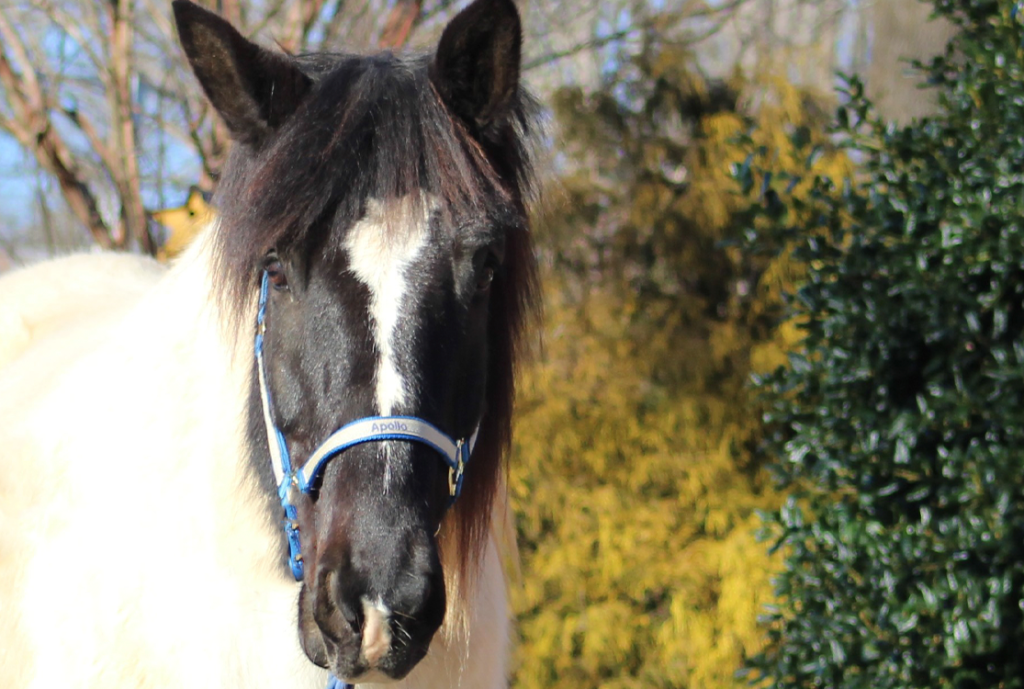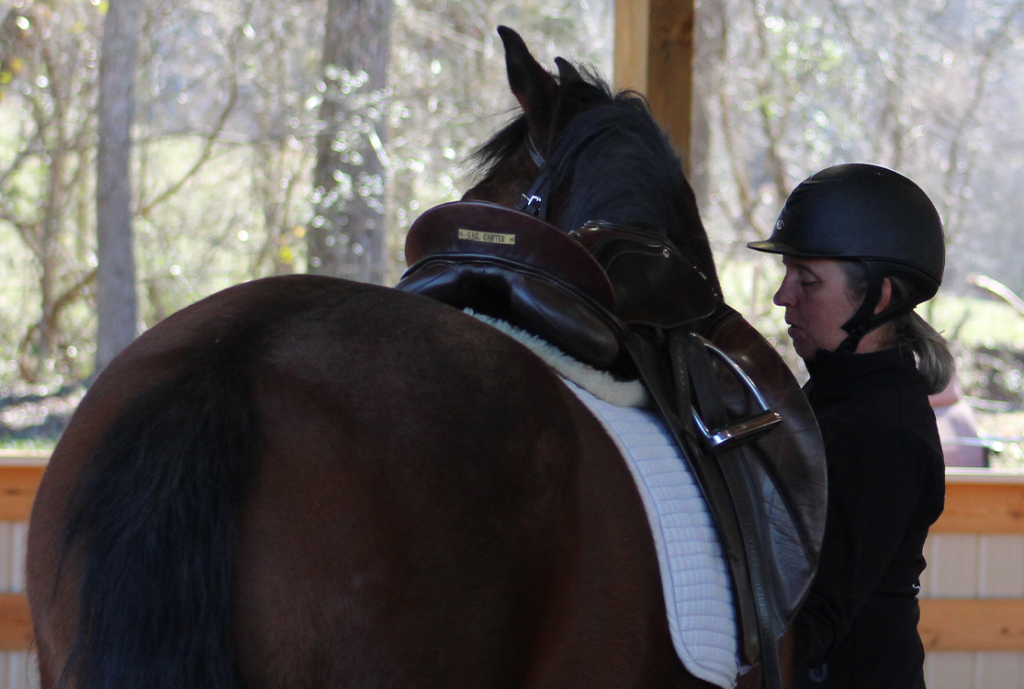When I am teaching I never know exactly what is going to strike a chord, but I love it when something I say has a transformative impact. In a recent lesson I asked a client what she was working on and she replied “softness.” She had taken lessons with some remarkable clinicians yet still felt like she hadn’t mastered this particular quality. She had a lovely horse who was going well, though I could see he carried some tension in his body and knew he could move with even more ease and fluidity. We worked on developing a contact with the rein in which he softened and stretched his topline in response to her touch. I explained that regardless of whether she was asking for a forward or downward transition, or even backing up, the contact stayed the same. The request for movement comes from the body. The contact is a way that we can feel the horse and listen to them. We can sense when there is tension, bracing, or distraction and restore a soft connection and attentiveness.
By the end of the lesson I could see a noticeable improvement and I could tell she was very happy, that something had shifted. When I asked her what had changed she joyfully replied, “Nobody has ever told me to listen with the rein before!” This seemingly small comment turned out to be the key to figuring out a different meaning of “softness,” her contact with her horse had changed and it had a beautiful impact on how he moved and responded.
Softness is only possible when we listen to the horses, and as riders we must learn to listen through feel. For me, contact through the reins isn’t about control, it isn’t to restrict the horse’s posture, or even to direct movement. It is a way to sense what is going on in the horse’s mind and body, to listen and remind them that they can be soft, they can stay attuned to the rider, they can release tension as it arises and lengthen through the topline. As the horse experiences this it feels good, encouraging them to do more of it, to trust the rider to keep them safe and comfortable regardless of what is happening around them. When we can master this skill, we can begin to embody the quality of softness.
Follow Us
To learn more about how you can help your horse feel better and improve your relationship through touch, groundwork and riding…
More from my Blog
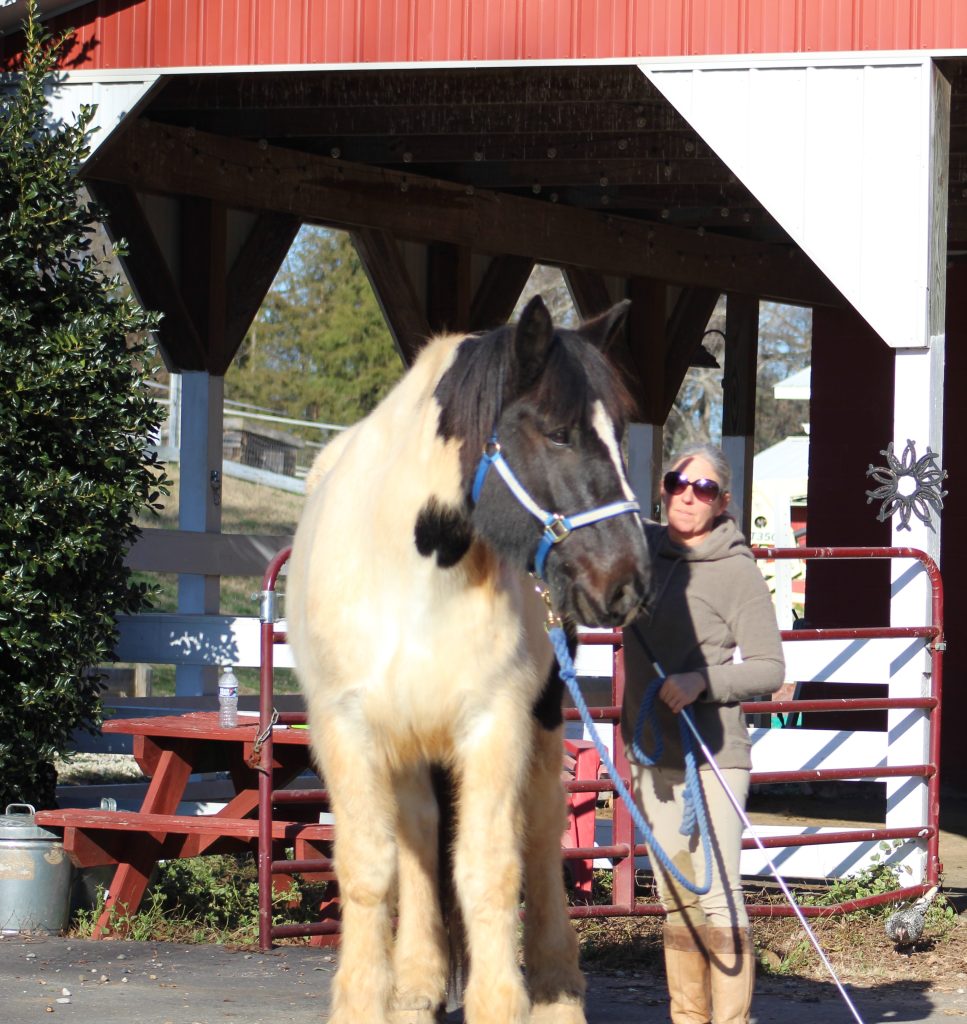
Grounding, Warrior Pose, Root Chakra and Horsemanship
One way horses explore their world is to test whether or not they can move things. If you want to see this in action, put a few objects on…
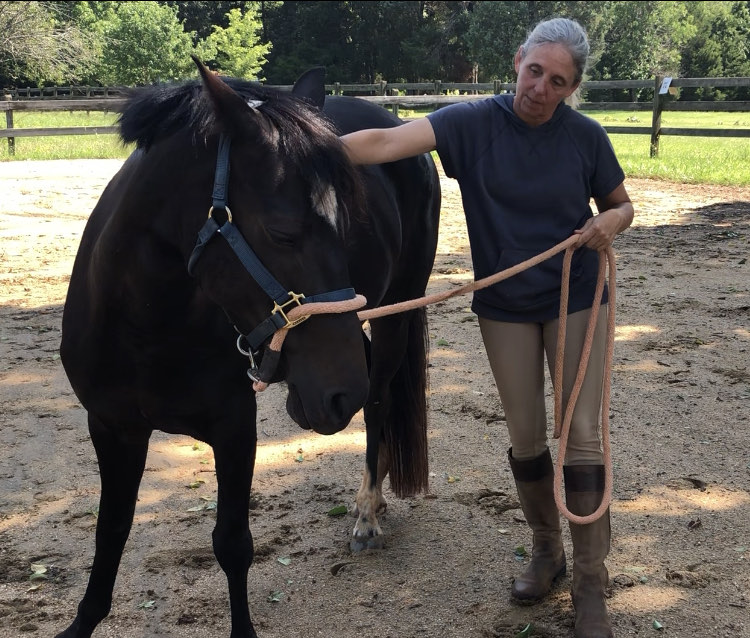
Working with the Nervous System
My work with horses has led me to take a deep dive into the inner workings of the nervous system. As a trainer, often my job is to help a…
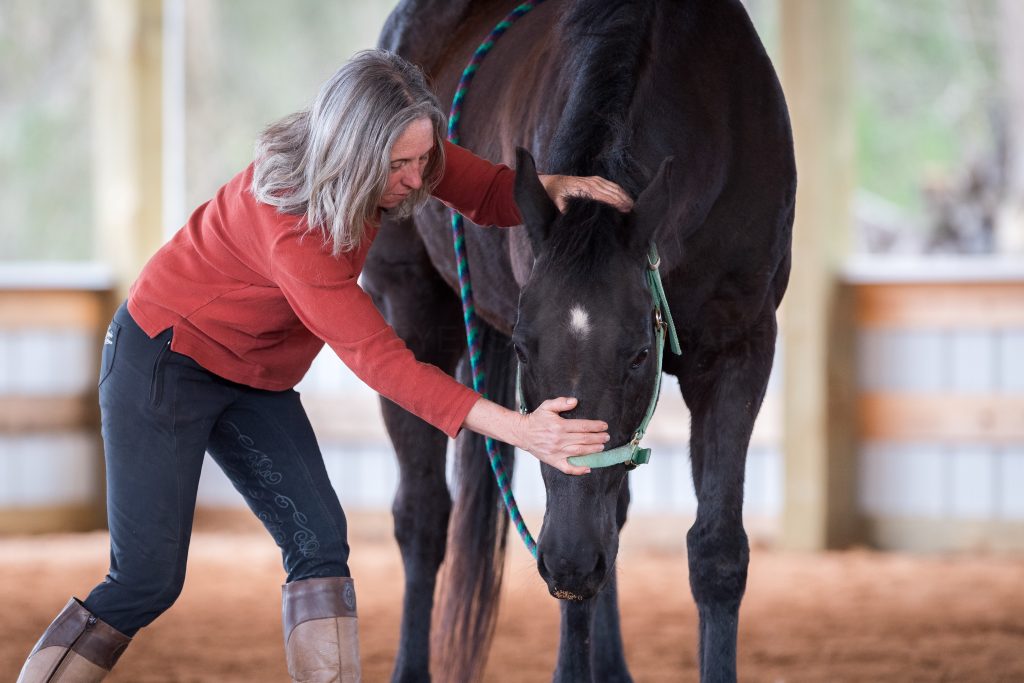
Calming the Anxious Horse
A frequent part of my job is helping anxious horses achieve a more relaxed, calm emotional and mental state. In other words, finding ways to turn on the parasympathetic nervous…

Riding with Precision
As riders, we often hear the advice to “use more leg.” In my experience, this often leads to riders that are squeezing and kicking, and horses that are desensitized to…
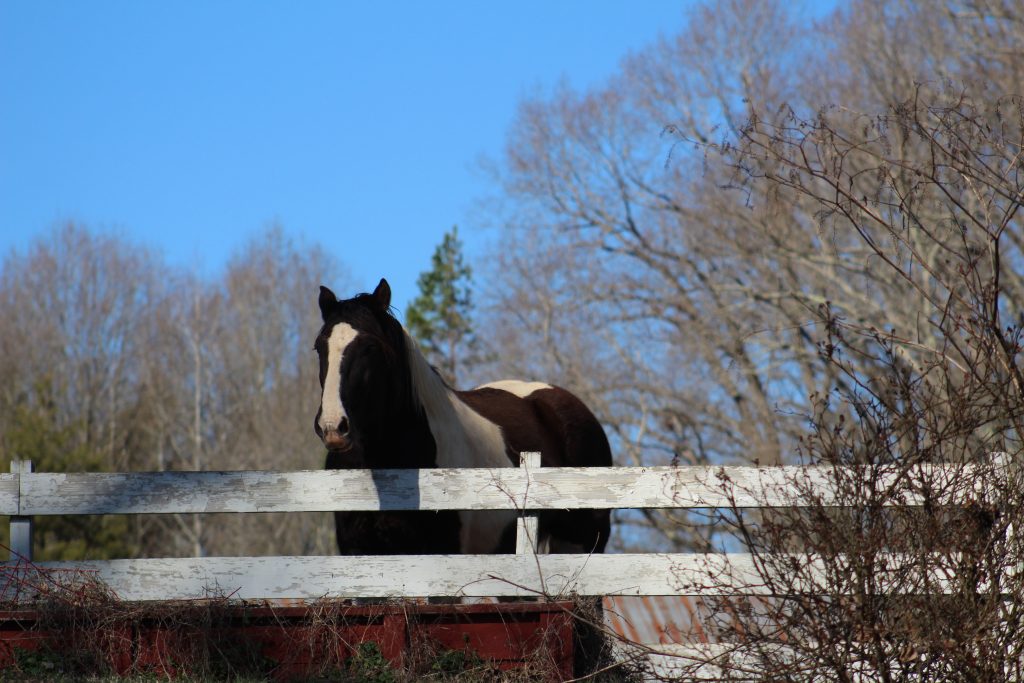
Teaching Weight Bearing Posture
I was talking with a dog trainer friend the other day and we were comparing the many similarities between our jobs, including that our primary role is not so much…
